Posted on 12/30/2022
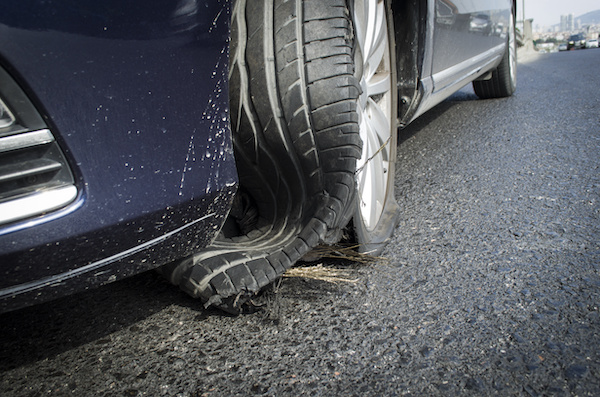
A tire blowout can be incredibly scary and stressful, especially if it happens in the middle of congested traffic. A blowout can be triggered by something as minor as a small nail in the road or low tire pressure. However, the five most prominent causes of tire blowouts are under-inflation, overload, uneven tread wear, damage, and defects. You'll be able to tell when you have a tire blowout if you hear a loud popping sound or sudden instability with your car. You may also smell burning rubber. If any of these things happen to you, please do NOT panic. Proceed to do the following steps: Do NOT slam on your brakes. Alternatively, keep the handling of your vehicle and pull over to the road shoulder if possible. Do your best to get out of traffic. The last thing you want to deal with is an accident on top of your tire blowout. Turn on your hazard lights.Please remain in your car unless it is entirely safe to do so ... read more
Posted on 11/30/2022
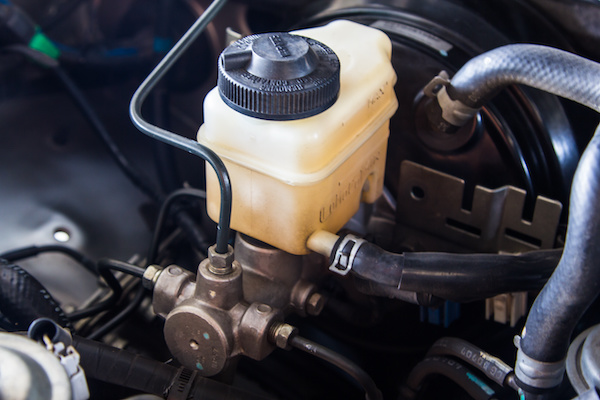
Brake fluid is the most essential part of a hydraulic brake system. Without the fluid, none of your other brake components will successfully operate, thus compromising your safety. To learn more about what brake fluid is, what it does, and whether it goes bad, read on. Brake fluid is simply a liquid solution used in today’s motor vehicles. It turns the pressure you apply onto your brake pedal into a series of events to effectively slow down and stop your car. It is important to note that there are different types of brake fluid with varying viscosities and heat resistance points. You should always refer to your owner’s manual for guidance on which type is right for your car. On the other hand, brake fluid generally all looks the same. It is a transparent fluid with a yellow tint. And in some cases, it can be described as having a fishy smell. Aside from these characteristics, brake fluid is known for having a high boiling point. It needs to withstand the friction created ... read more
Posted on 10/26/2022
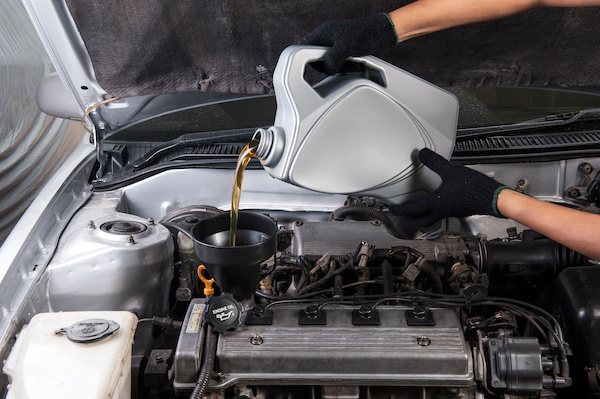
We all know how important it is to keep our cars in good working condition. Working with the right auto repair team can help maintain it for years to come. After all, our car is one of the most expensive investments we make in our lifetime. That's why it's important to perform regular preventive maintenance on our vehicles to avoid costly repairs down the road. There are many different preventive maintenance services you can perform on your car, but some are more important than others. Here are the top five preventive maintenance services you should consider for your vehicle: 1. Engine oil and filter change - This is perhaps the most important service you can perform on your car. Changing your engine oil and filter regularly will help keep your engine clean and running smoothly. It's also a good idea to check your oil level regularly to make sure it's at the correct level. 2. Tire rotation and alignment - It's important to keep your tires in good condition to avo ... read more
Posted on 9/29/2022
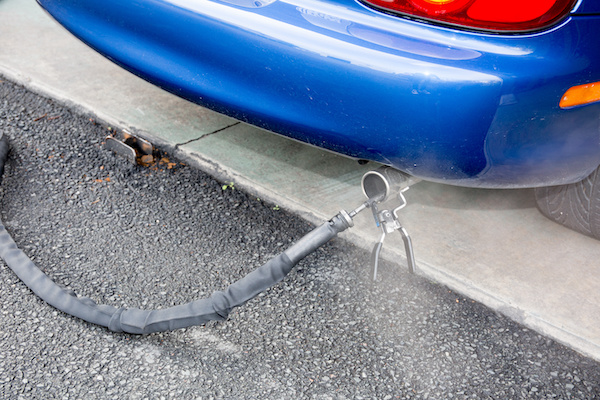
Emissions testing is the process of monitoring and minimizing the environmental impacts of fuel-powered vehicles. As you probably already know, our vehicles generate an array of pollutants. In many states, it is required by law for certain cars to go through regular emissions testing. At European Auto Motors, we provide emissions testing and automotive services to ensure you pass this test. In other words, our certified mechanics can help you work towards a greener car. During an emissions test, your car is hooked up to a state-of-the-art emissions testing machine. It will generate power from your engine and move your wheels while your vehicle is idle. The machine is able to read levels of hydrocarbons, carbon dioxide, nitrogen oxide, and other chemicals. Ultimately, you will pass or fail depending on whether these measurements meet standards set forth by the government. Emissions testing is incredibly important for both the environment and your wallet. Wh ... read more
Posted on 8/25/2022
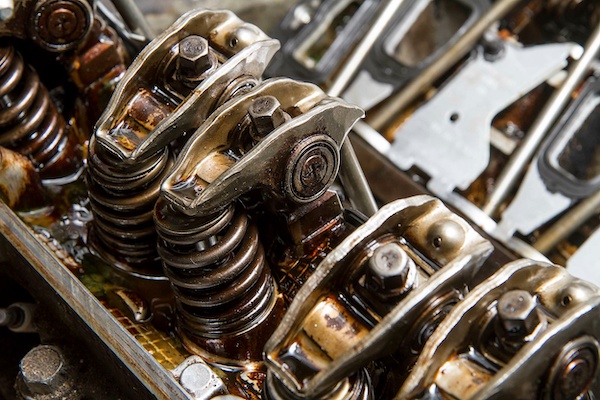
Engine oil is responsible for lubricating your engine and preventing excess friction damage. Some oils have additives that are resistant to high heat and prevent corrosion. After running your car for miles and miles on end, your oil will inevitably get dirty. When left in your engine for too long, the oil forms into oil sludge. When dirt, dust, and other contaminants combine with oxidation in the engine, it forms a thick gel-like consistency. As a result, it can slow down your engine and cause extensive engine damage. You can prevent oil sludge from forming by getting your oil changed on time. When your engine suffers from oil sludge, friction is increased. Since your engine will have to work harder, it will burn more fuel in the process. A drop in fuel efficiency is one of the first signs you experience. When friction is increased, it also puts your engine at risk of overheating. Additionally, the engine components can wear out quicker, lowering your vehicle&rs ... read more